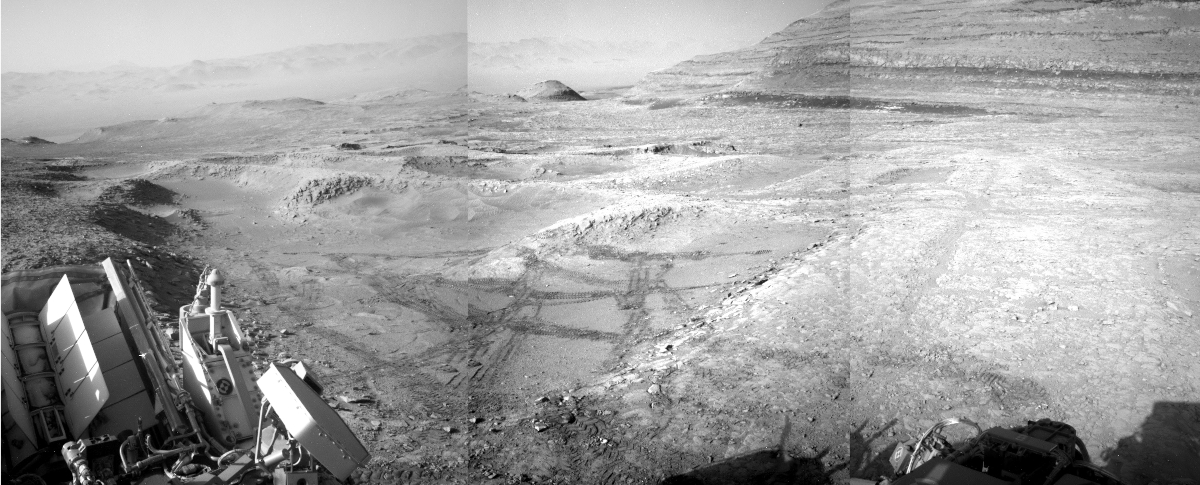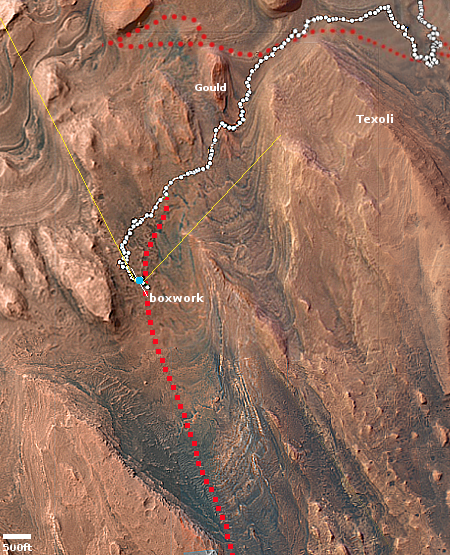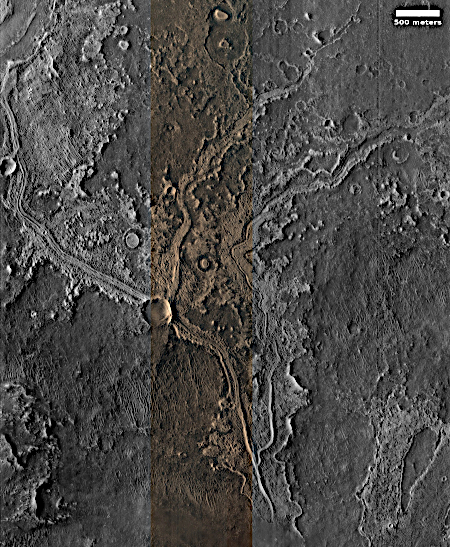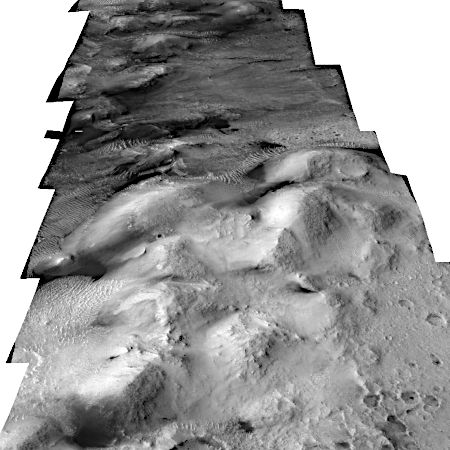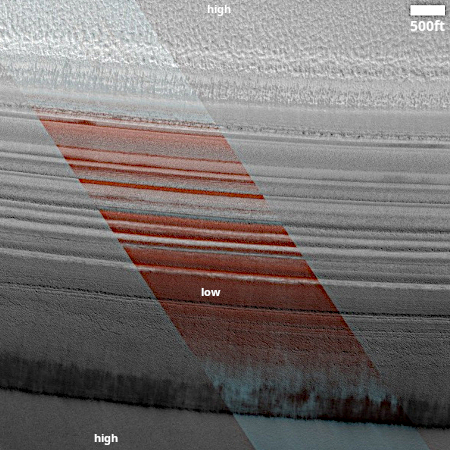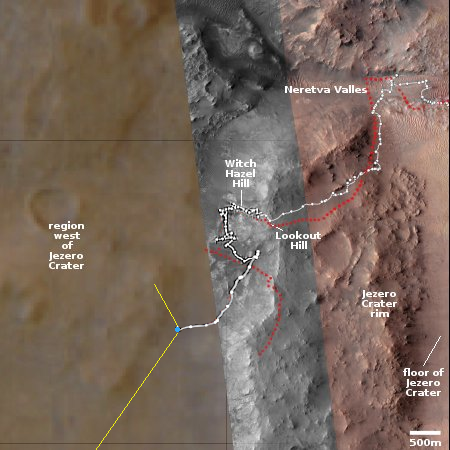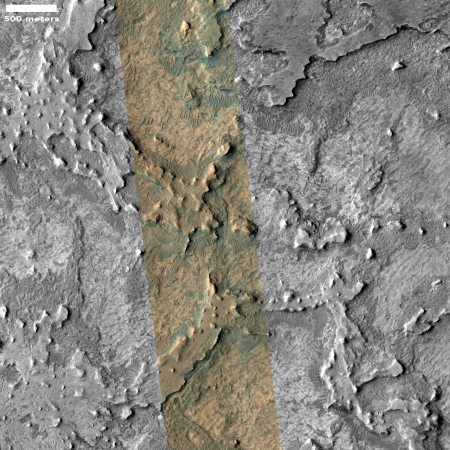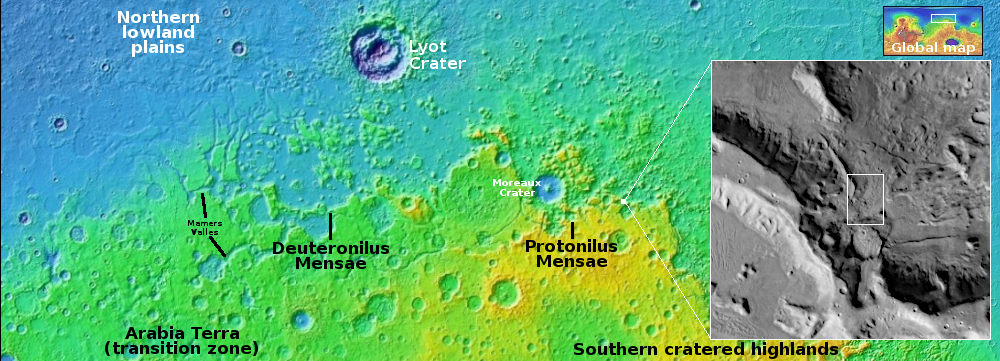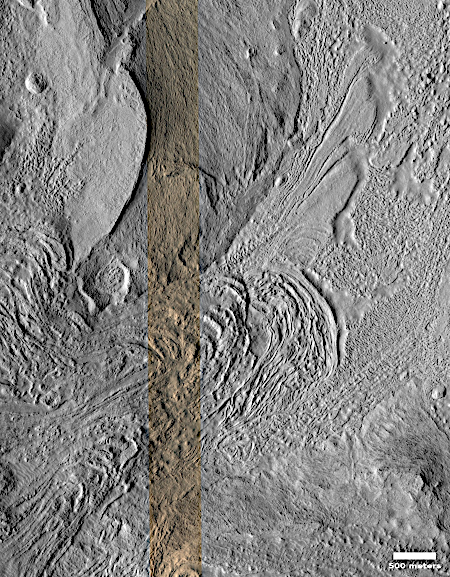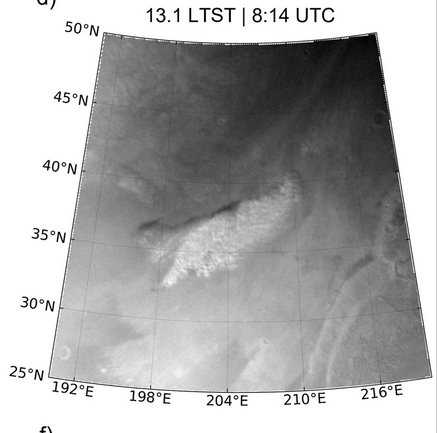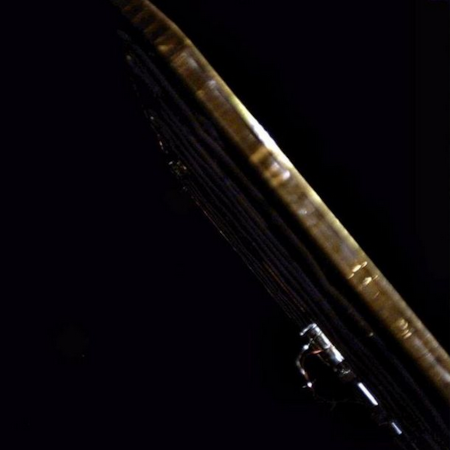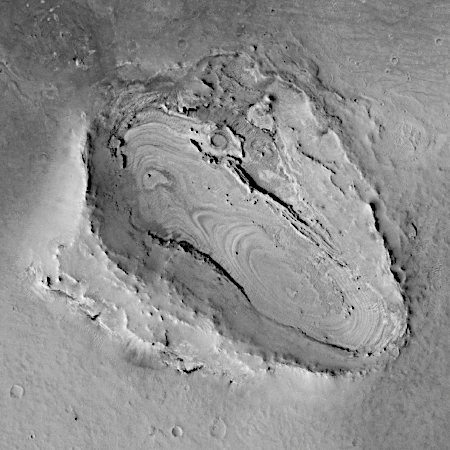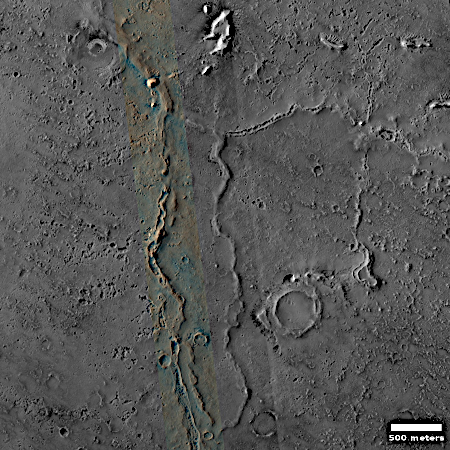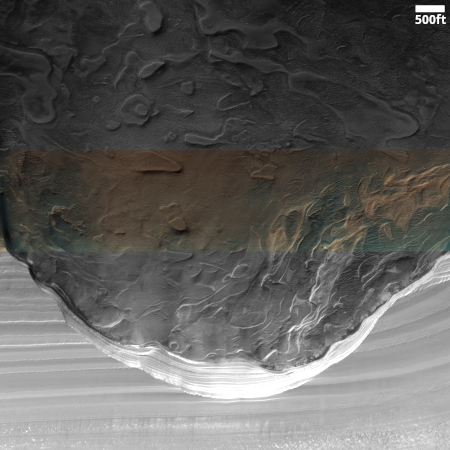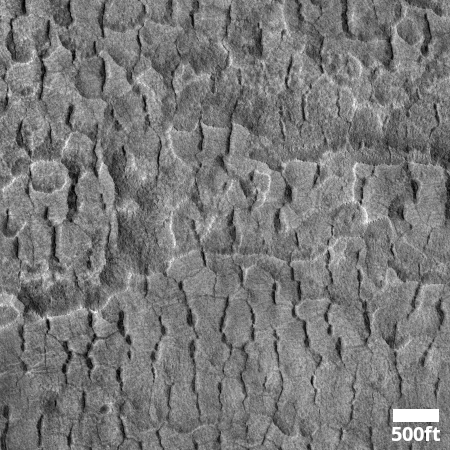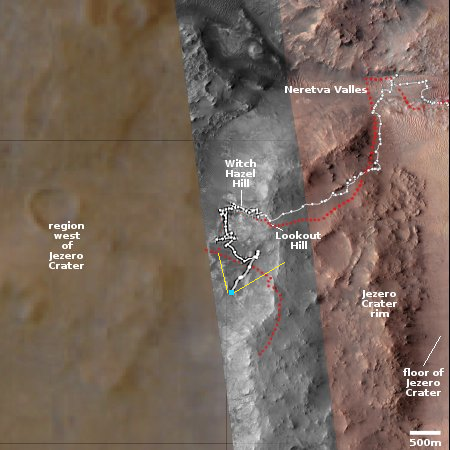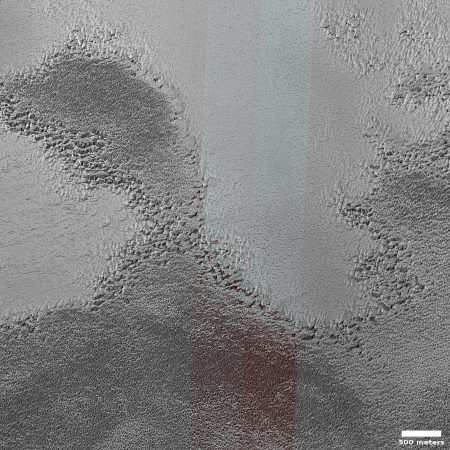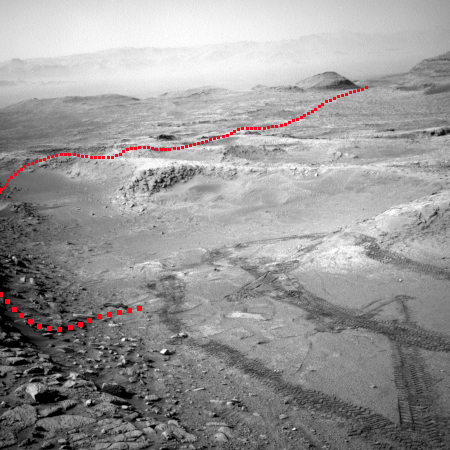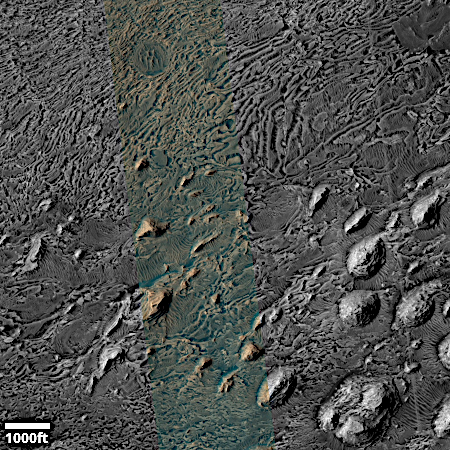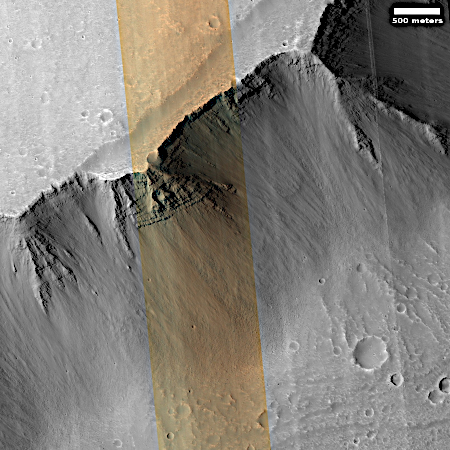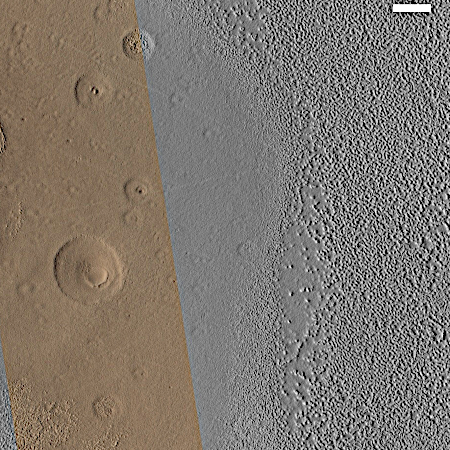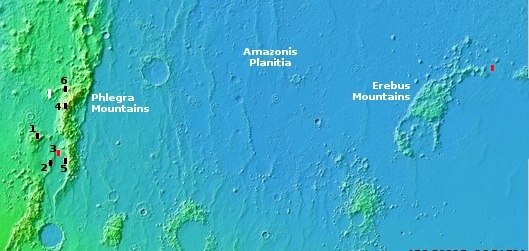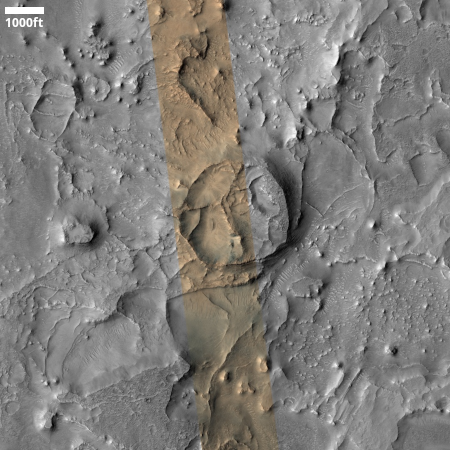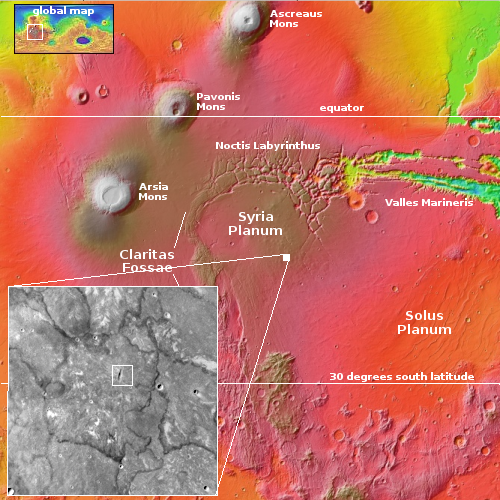No contact with Mars’ rovers for the next month
The Sun is about going to cause a month-long break in communications with Curiosity and Perseverance, the two rovers on Mars.
This communications pause occurs every two years, when the orbits of Earth and Mars align with the Sun in between.
his holiday season coincides with conjunction — every two years, because of their different orbits, Earth and Mars are obstructed from one another by the Sun; this one will last from Dec. 27 to Jan. 20. We do not like to send commands through the Sun in case they get scrambled, so we have been finishing up a few last scientific observations before preparing Curiosity for its quiet conjunction break.
This is not a unique situation. Both rovers have gone through conjunction several times previously. The science teams will place the rovers in secure positions to hold them over during the break.
As for the orbiters circling Mars, it isn’t clear how much their operations will be impacted. The update at the link above makes no mention of them, and my memory says communications with them is less hampered, though reduced somewhat.
The Sun is about going to cause a month-long break in communications with Curiosity and Perseverance, the two rovers on Mars.
This communications pause occurs every two years, when the orbits of Earth and Mars align with the Sun in between.
his holiday season coincides with conjunction — every two years, because of their different orbits, Earth and Mars are obstructed from one another by the Sun; this one will last from Dec. 27 to Jan. 20. We do not like to send commands through the Sun in case they get scrambled, so we have been finishing up a few last scientific observations before preparing Curiosity for its quiet conjunction break.
This is not a unique situation. Both rovers have gone through conjunction several times previously. The science teams will place the rovers in secure positions to hold them over during the break.
As for the orbiters circling Mars, it isn’t clear how much their operations will be impacted. The update at the link above makes no mention of them, and my memory says communications with them is less hampered, though reduced somewhat.

